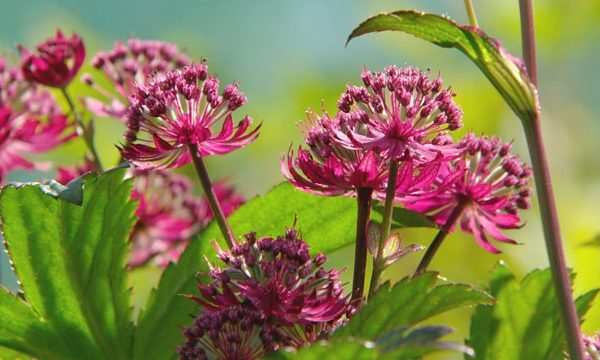Gardeners' World episode 1 2017

Over the year, Gardeners' World is celebrating 50 years of broadcasting timely advice and inspiration to the nation's gardeners. Monty kicks off the gardening year from Longmeadow as he shares his tips for pruning, planting up pots for spring colour and sharing his plans for the coming year.
At Packwood House, the extraordinary herbaceous borders come under Adam Frost's scrutiny as he finds out how they have been planted for maximum colour and impact. Over the series, Carol Klein shares with us some of her heroes of gardening, the people who have impacted the way we garden for the last 50 years. She begins with Beth Chatto.
Gardeners' World episode 1 2017
Pruning clematis
There is a very simple rule of thumb that can be applied to pruning clematis if you have lost a plant label and/or don't know what the plant is called.
- Don't prune clematis which flower on the previous year's growth (ie before June in central England)
- Hard prune clematis which flower on the current year's growth (ie from June onwards)
Bedding plants and displays
From elaborate public garden designs and street planters to the smallest front garden, bedding plants provide a temporary decorative seasonal display for beds, borders, containers and hanging baskets. Bedding can be grown from seed, bought as young seedlings (plug plants) or purchased as pot-grown specimens, often in multi-packs and cellular trays, ready for planting.
Grapes: indoor cultivation
Although some varieties of dessert grapes can be grown successfully outdoors, they are more successful under glass, even in warmer locations. With a little attention to watering, feeding, pruning and training, it is possible to get a good crop year after year.
Planting
Greenhouse vines should be planted at the opposite end to the door, with the stems trained along the side of the greenhouse parallel to the ridge of the roof and running towards the door. November and December are a good time to plant, as the vine can be pruned back without bleeding at this time of year. Vines should be planted at the same depth that they were in the pot, teasing the roots out so they are well spread out in the planting hole. For more detail on planting technique, see planting trees and shrubs.
Feeding
Just before growth starts in the spring, sprinkle the rooting area with John Innes base fertiliser and dried blood at a rate of 120g per sq m (4oz per sq yd) each. During the growing season, vines benefit from an occasional extra sprinkling of dried blood at 30g per sq m (1oz per sq yd). When growth starts in the spring, feed every three weeks with a high potassium feed, such as tomato fertiliser. Once the vine is in full leaf, increase this feeding to weekly intervals. When the grapes start to ripen and colour up, stop feeding with tomato feed, as extra feeding at this time may spoil the flavour of the fruit.
Watering
Water the vine thoroughly every seven to 10 days in the growing season. Vines with the roots inside the greenhouse will need more frequent watering than vines with their roots outside the greenhouse. Where the roots are outside the greenhouse, be guided by the weather and concentrate your watering in dry spells.
Mulching
Just before growth starts in the spring, mulch the rooting area with well-rotted manure. During the summer, it is a good idea to mulch the greenhouse borders with straw to keep the atmosphere dry. This will aid pollination of the vine flowers and subsequent fruit set.
https://hdclump.com/gardeners-world-ep-1-2017/


